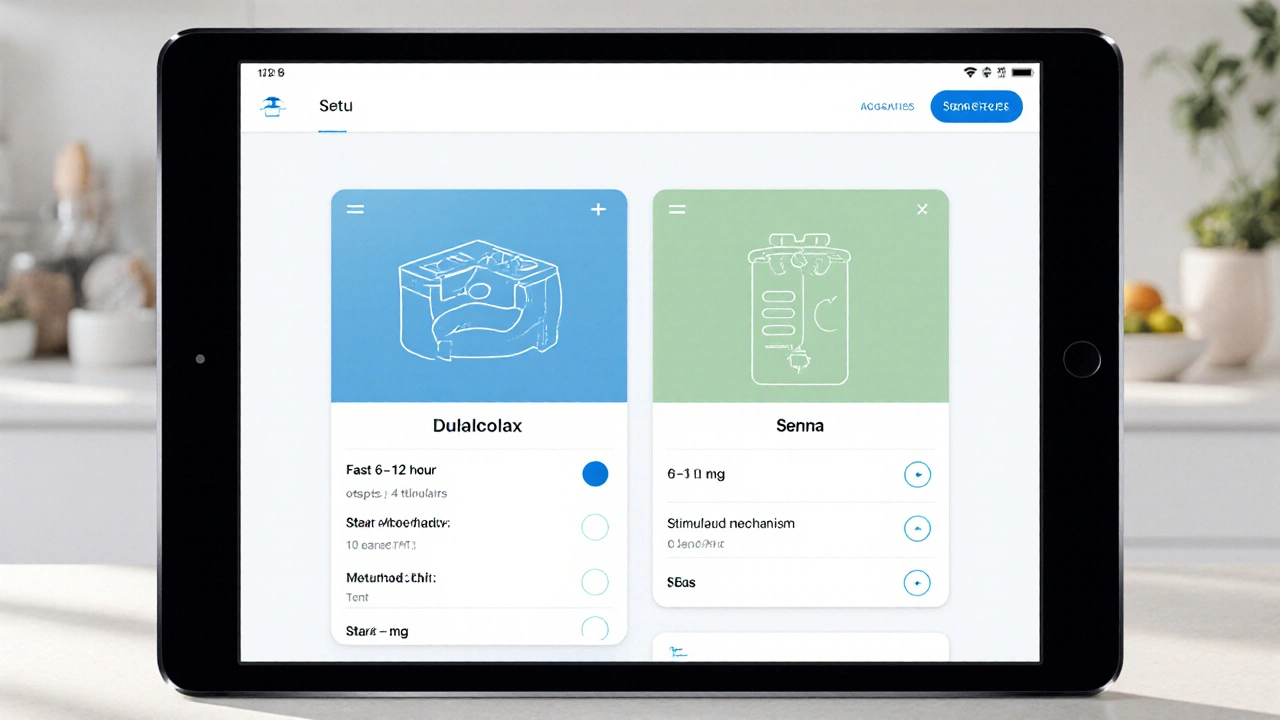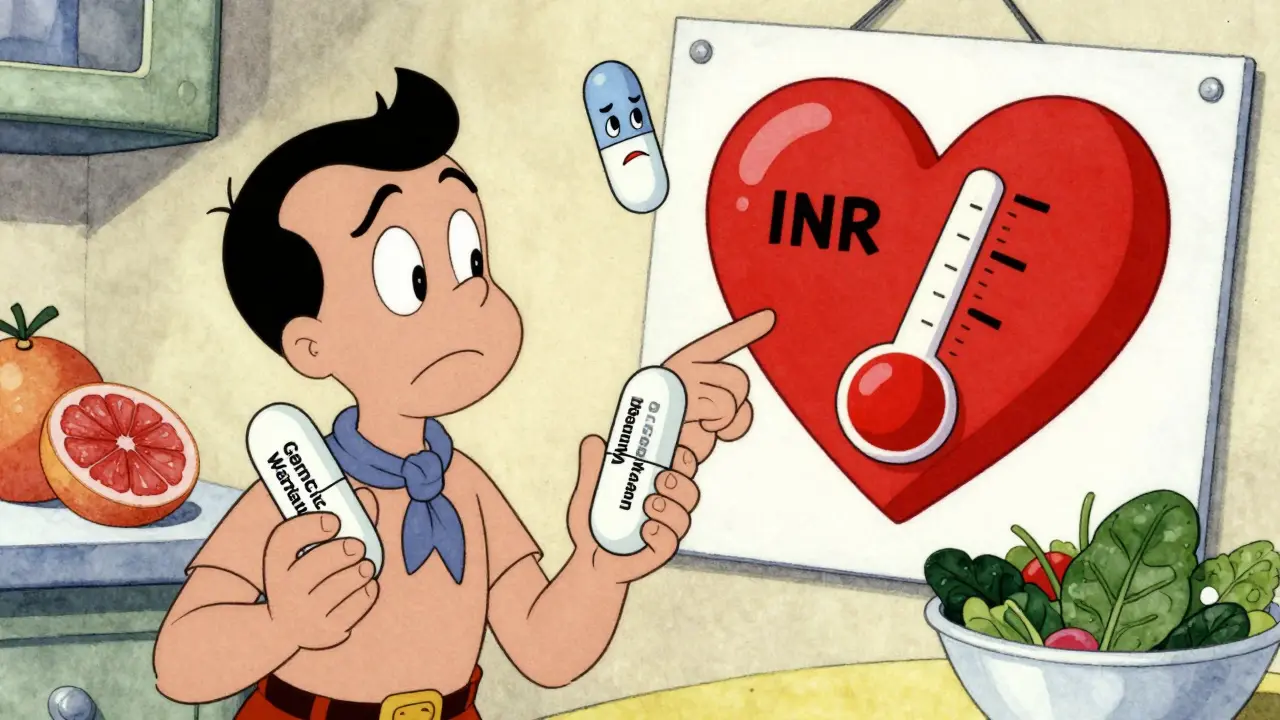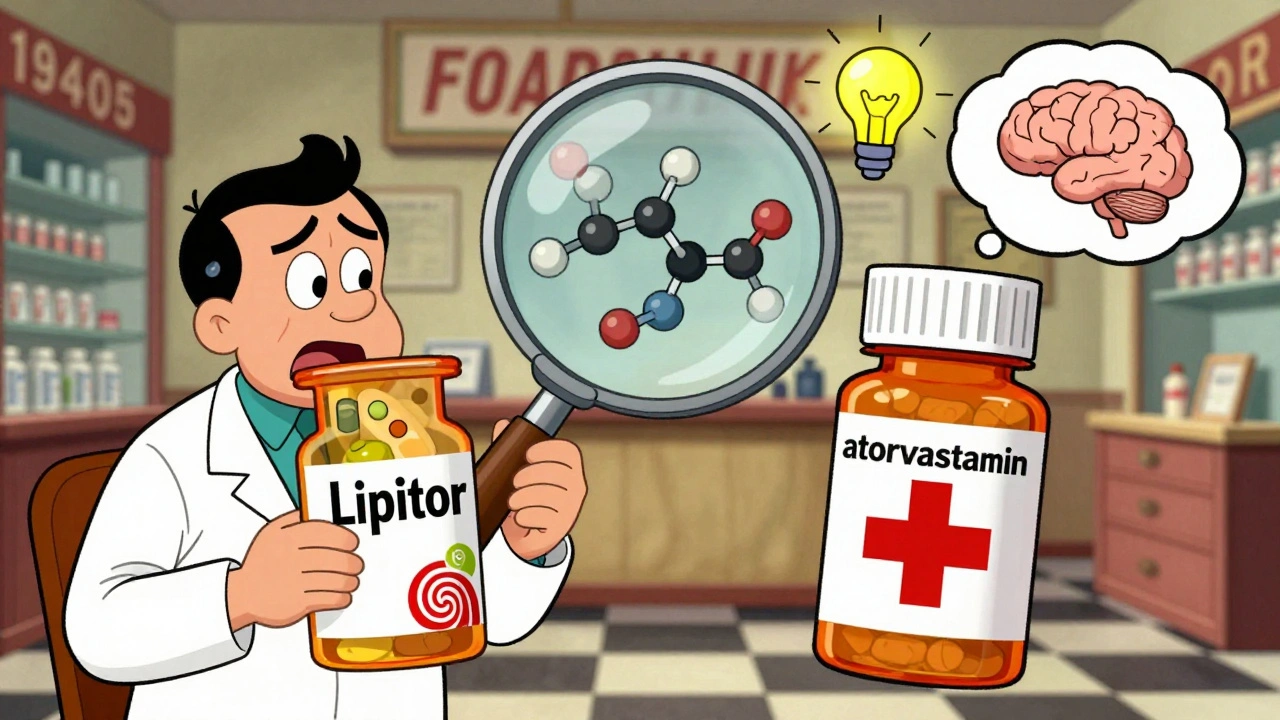Dulcolax Alternatives: Safer, Effective Relief for Constipation
When looking for Dulcolax alternatives, non‑stimulant or natural options that help move the bowels without the harsh kick of a stimulant laxative, also called bisacodyl substitutes, you want something that works without causing cramping or dependence. People often start with Dulcolax because it’s quick, but many wonder if there’s a gentler path. Below we break down the most common categories, why they matter, and how they relate to everyday bowel health.
Why Look Beyond Dulcolax?
Dulcolax (bisacodyl), a stimulant laxative that triggers bowel contractions by irritating the intestinal lining can be effective for occasional constipation, yet regular use may lead to tolerance, electrolyte imbalance, or abdominal pain. That’s why medical guidelines suggest reserving stimulant laxatives for short‑term relief and turning to bulk‑forming agents, osmotic agents, or stool softeners for ongoing support. In short, Dulcolax alternatives encompass these gentler strategies.
One of the biggest groups of alternatives are osmotic laxatives, substances that draw water into the colon, softening stool and promoting natural peristalsis. Examples include polyethylene glycol (PEG 3350), magnesium citrate, and lactulose. These work by creating an osmotic gradient, which increases stool water content and reduces the effort needed to pass waste. Because they act without stimulating the nerves directly, they’re gentler on the gut and less likely to cause cramping.
Another popular route is bulk‑forming agents, dietary fibers like psyllium husk, methylcellulose, or wheat dextrin that expand in the intestine and add mass to stool. Adding bulk triggers the colon’s natural motility, which can regularize bowel movements over time. The key advantage is that these agents also improve overall gut health, feeding beneficial bacteria and stabilizing blood sugar levels.
For those who need a soft‑touch approach, stool softeners, agents such as docusate sodium that lower surface tension of stool, allowing water and fats to penetrate more easily are useful. They don’t increase stool bulk or draw water in the same way osmotic laxatives do, but they make the existing stool easier to pass, which can be ideal for patients on pain meds or after surgery.
Choosing the right alternative depends on three main factors: the cause of constipation, how quickly relief is needed, and any underlying health conditions. If a low‑fiber diet is the culprit, bulk‑forming agents are often the first recommendation. If medication side effects or dehydration are at play, osmotic laxatives may work faster. For patients who can’t tolerate fibers due to irritable bowel syndrome, stool softeners or low‑dose osmotics provide a gentler option.
Safety is another critical piece. While osmotic laxatives like PEG are generally well‑tolerated, they can cause electrolyte shifts if taken in excessive amounts. Bulk‑forming agents require plenty of fluid; otherwise, they may cause blockage rather than relief. Stool softeners are low‑risk but may be less effective for severe constipation, making them best suited for occasional use or as a bridge while dietary changes take effect.
Beyond the medication landscape, lifestyle tweaks often amplify the benefits of any alternative. Drinking at least eight glasses of water a day, eating a variety of fiber‑rich foods (fruits, vegetables, whole grains), and moving regularly (simple walks after meals) can reduce reliance on any laxative, including Dulcolax. These habits work hand‑in‑hand with the alternatives discussed, creating a sustainable routine that keeps the colon happy.
In practice, a typical plan might start with a daily bulk‑forming supplement like 5‑10 g of psyllium mixed with water, paired with increased fluid intake. If that doesn’t move things within a couple of days, adding an osmotic laxative such as 17 g of PEG 3350 can give a gentle boost. For those who need immediate relief, a single dose of a stool softener can ease the passage while the longer‑term agents kick in.
The collection below pulls together detailed guides on each of these options: side‑by‑side comparisons of different osmotic laxatives, deep dives into the best fiber supplements, and practical tips for using stool softeners safely. Whether you’re looking for a quick fix or a long‑term strategy, you’ll find actionable information to help you choose the right Dulcolax alternatives for your needs.
Dulcolax (Bisacodyl) vs Common Alternatives - Complete Comparison
A detailed side‑by‑side comparison of Dulcolax (bisacodyl) with common constipation remedies, covering onset, mechanism, dosage, side‑effects, cost and how to choose the right option.






